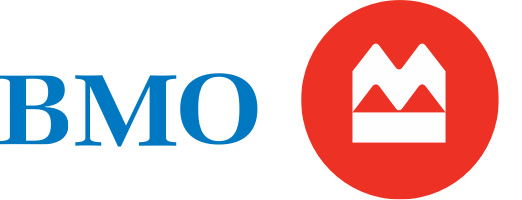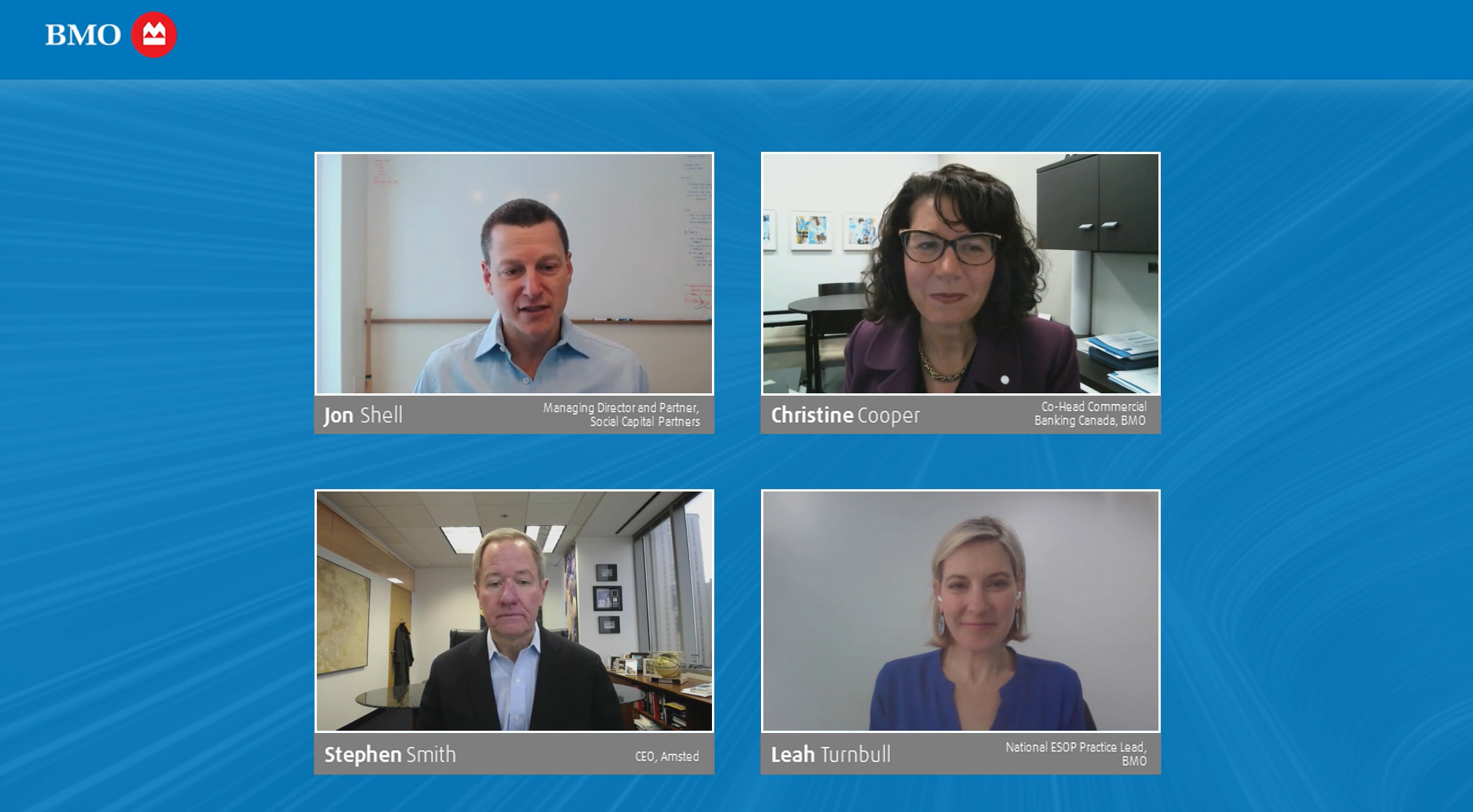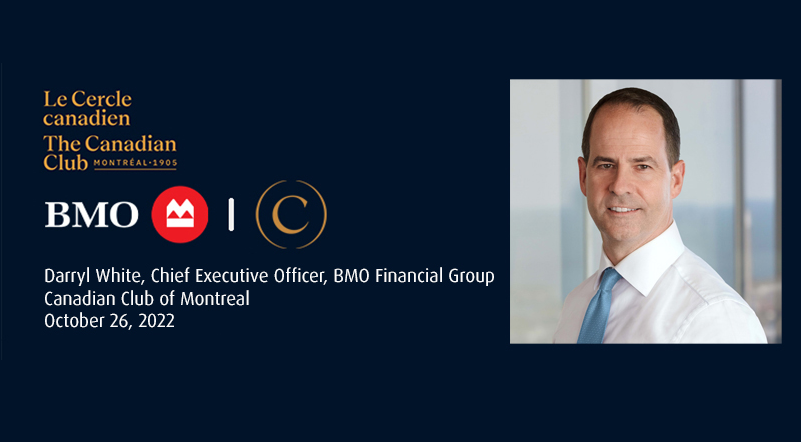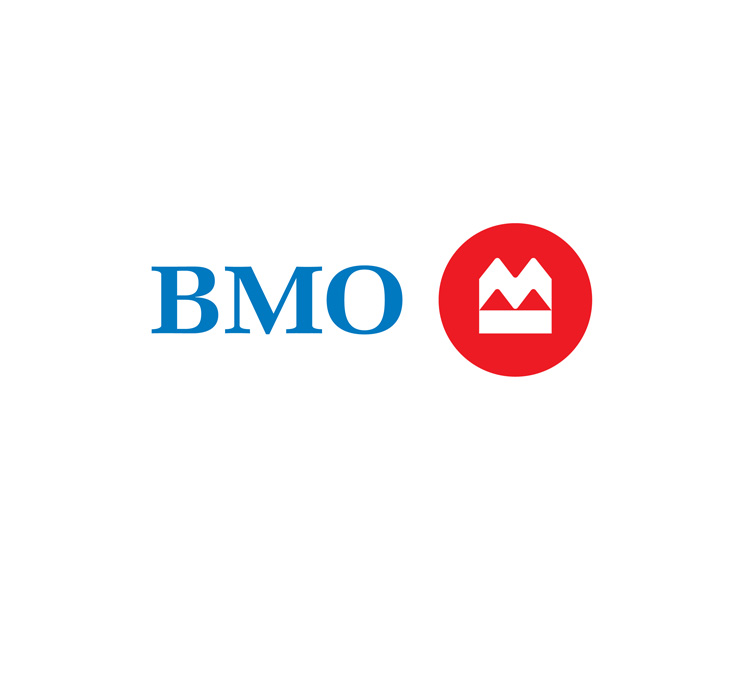
Employee Ownership: A Panel Discussion
-
bookmark
-
print

- Keywords:
- employee ownership trusts


In the U.S., employee stock ownership plans, or ESOPs, have long been an effective tool for both business owners and employees. According to the National Center for Employee Ownership, there are approximately 7,000 ESOPs in the U.S. that hold about $1.7 trillion in assets, covering nearly 14 million workers. Businesses in Canada, however, have not been able to take full advantage of the employee-owned structure. But the tide is turning.
Budget 2022 committed to making employee ownership trusts (EOTs), modeled on the U.S. ESOP model, a reality in Canada. There’s optimism that EOTs will finally gain a foothold among Canadian firms by the end of 2023.
I recently moderated a roundtable discussion with three experts who provided their perspectives on the topic:
- Jon Shell, Partner and Managing Director of Social Capital Partners, a nonprofit focused on developing financial tools that broaden economic opportunities.
- Stephen Smith, CEO of Amsted Industries, a manufacturer of industrial components and one of the most successful employee-owned companies in the U.S.
- Leah Turnbull, BMO’s National ESOP Practice Lead.
We discussed the benefits of EOTs, including succession planning, wealth generation and gaining a competitive advantage. Following is a summary of our discussion.
A proven model for success
At the core, ESOPs and EOTs are designed to make it easy for a business owner to sell the company to its employees. As a succession planning tool, it provides a tax-efficient way to transfer ownership while preserving the owner’s legacy and maintaining the company culture that’s developed over the years. “Every employee becomes a shareholder of the company through a trust for free, and they earn additional shares every year, allowing them to grow their wealth over time,” Shell explained. “When they leave the company or retire, the company buys back their shares for cash.”
Some U.S. employee-owned companies familiar to Canadians include Bob’s Red Mill Natural Foods, Taylor Guitars, Clif Bar and the Publix Super Markets chain. As Turnbull explained, several factors are behind Canada’s increased interest in EOTs. “There's a wave of baby boomers who are starting to think about retirement and ownership transition of their businesses, and ESOPs are an excellent solution that allows them to maintain their company's legacy while also providing for their employees,” she said.
And because the employees have a tangible stake in the company’s performance, employee-owned companies tend to perform better and operate more efficiently. “Companies in general are run more efficiently and more profitably, and that's because employees quickly feel like owners and see the correlation that the better I work, the higher the stock price and the more money in my pocket,” Turnbull said.
Turnbull added that in the U.S., ESOPs have served as an effective method for attracting and retaining talent. “Every company is trying to find workers and keep their workers,” she said. “By having employee ownership, that's another tool that they have to keep their employees happy and bring on more. All these factors are leading to this emphasis for employee ownership and why we've seen a lot of interest in it internationally.”
Competitive advantages
Because Amsted has been 100% employee-owned since 1998, Smith understands the competitive advantages firsthand. “It's good for the employees, but it's also good for the company,” he said. “When employees have skin in the game, they act like owners because they are owners. There's been a lot of talk in the press lately about quiet quitters. You don't find quiet quitters in an ESOP company because it's their own wealth they'd be diminishing.
“And to be honest, management behaves differently as well,” Smith continued. “It’s more than a legal structure, it's a trust relationship between management and the workforce. Management knows that their decisions affect all the colleagues that they work with every day, not some vague group of anonymous shareholders somewhere across the ocean. So, I as CEO would never take undue risk just to provide headlines or feed my ego because I'd have to face my colleagues every day if it didn't turn out well.”
At Amsted, that sense of ownership extends to ESOP participants being able to vote on the company’s board every year. “There's accountability, and it really affects the attitude of management toward their employees as well,” Smith said.
Broad appeal
Employee-owned structures can work for companies across a range of sectors, particularly in mature industries. It’s especially effective for larger companies that are constantly recruiting workers, such as construction firms (Shell said the average ESOP company in the U.S. has about 200 employees).
“Our experience in the States is that this structure catches like wildfire in certain industries because people see their competitors doing it and they think, why am I not doing that?” Smith said. “Engineering and architectural firms have been powerful sources of ESOPs, grocery stores, also heavy industrial manufacturing companies like ours.”
And it’s not just the owners who notice. Turnbull said employees also take note of when their competitors are employee-owned. "I've talked to a lot of companies where their employees know that the competitors are doing it, and they go to the management team and say, why don't we have an ESOP?” she said. “Or they've actually lost some employees to competitors because they do have an ESOP.”
It’s also an opportunity to keep businesses in their local communities, which Shell touted as an important consideration for governments looking to build a stronger domestic economy. "If you think about the economy we want to have, giving the advisers another tool to be able to say, what about this tool that keeps the company local, that keeps the jobs in your community, that rewards your employees,” he said. “That's the economy we want to build.”
Wealth generation
Shell noted that Publix grocery clerks have been known to retire with over $1 million in their ESOP accounts. Smith recalled the day when one of his factory floor workers greeted his supervisor with a smile because he’d just discovered that he’d officially become a millionaire through Amsted’s ESOP. That brings up another benefit: reducing income inequality and narrowing the wealth gap.
“That is not an isolated story,” Smith said. “Every quarter we're able to pay out millions of dollars to our employees for their shares. There's a lot of talk today about wealth and income inequality. Some economists talk about the disparity between the wealth of those who own the capital and those who provide the labor. In the ESOP structure, the employees get not only the fruit of their labors, they share in the value of the capital as well. It's a very powerful model.”
Coming to Canada
Given the success in the U.S., and more recently in the U.K., all the panelists agreed that it’s a prime time for Canada to implement its form of employee ownership. “Every employee-owned business that I’ve talked to has similar success stories where there is this pride of ownership.” Turnbull said. “I think there’s a bright future for employee ownership internationally.”
Shell said that Social Capital Partners’ research concluded that by 2030, Canada could have between 500 and 750 employee-owned companies with 50,000 to 115,000 new employee-owners producing between up to $10 billion in wealth.
"It could be extraordinarily powerful very quickly if we learn from other jurisdictions,” Shell said. "What we love about the U.S. system is that it's a share-based system. Each employee is allocated specific shares. That creates real alignment throughout the organization. It incentivizes long-term thinking throughout the organization, and we’ve seen proven wealth generation.”
Shell noted that the U.S. ESOP model is fairly complex, while the more recently implemented U.K. offers a simpler approach. Canada may be late to the game, but it’s also in a position to adopt the best of both worlds. “We think that you can combine the simplicity of the U.K. system with the share ownership model in the U.S. to create a great hybrid for Canada,” Shell said.
When Canada does open the door to EOTs, both Turnbull and Shell made it clear that it’s crucial to ensure that the model is designed for broad-based employee ownership, as opposed to limited to key executives. To that end, Smith noted that smart regulation will be a key to EOT’s success in Canada.
"In the early days of ESOPs, there were some very small ownership groups that tried to take advantage of the system for their own benefit, and there was additional legislation put in place that made sure ownership would be broad-based,” he said. “It's important to have mechanisms in there to make sure that's the case. At Amsted, for example, no one person owns more than one half of 1% of our outstanding shares.”
Shell said there’s momentum behind the EOT movement in Canada. But for any progress to be made in the coming months, he said consultations at the federal level will need to start by January 2023 to produce specifics in Budget 2023. That could set the stage for legislation later in the year, paving the way for the first EOT companies to debut by the end of 2023.
"We really need to see legislation on this in 2023 to make sure that we can take advantage of this opportunity while all this momentum exists,” Shell said.

Christine Cooper
Executive Vice-President & Head, BMO Commercial Bank, Canada
Christine Cooper is the Executive Vice-President & Head of BMO Commercial Bank, Canada. She leads a talented team committed to providing innovative financ…(..)
View Full Profile >In the U.S., employee stock ownership plans, or ESOPs, have long been an effective tool for both business owners and employees. According to the National Center for Employee Ownership, there are approximately 7,000 ESOPs in the U.S. that hold about $1.7 trillion in assets, covering nearly 14 million workers. Businesses in Canada, however, have not been able to take full advantage of the employee-owned structure. But the tide is turning.
Budget 2022 committed to making employee ownership trusts (EOTs), modeled on the U.S. ESOP model, a reality in Canada. There’s optimism that EOTs will finally gain a foothold among Canadian firms by the end of 2023.
I recently moderated a roundtable discussion with three experts who provided their perspectives on the topic:
- Jon Shell, Partner and Managing Director of Social Capital Partners, a nonprofit focused on developing financial tools that broaden economic opportunities.
- Stephen Smith, CEO of Amsted Industries, a manufacturer of industrial components and one of the most successful employee-owned companies in the U.S.
- Leah Turnbull, BMO’s National ESOP Practice Lead.
We discussed the benefits of EOTs, including succession planning, wealth generation and gaining a competitive advantage. Following is a summary of our discussion.
A proven model for success
At the core, ESOPs and EOTs are designed to make it easy for a business owner to sell the company to its employees. As a succession planning tool, it provides a tax-efficient way to transfer ownership while preserving the owner’s legacy and maintaining the company culture that’s developed over the years. “Every employee becomes a shareholder of the company through a trust for free, and they earn additional shares every year, allowing them to grow their wealth over time,” Shell explained. “When they leave the company or retire, the company buys back their shares for cash.”
Some U.S. employee-owned companies familiar to Canadians include Bob’s Red Mill Natural Foods, Taylor Guitars, Clif Bar and the Publix Super Markets chain. As Turnbull explained, several factors are behind Canada’s increased interest in EOTs. “There's a wave of baby boomers who are starting to think about retirement and ownership transition of their businesses, and ESOPs are an excellent solution that allows them to maintain their company's legacy while also providing for their employees,” she said.
And because the employees have a tangible stake in the company’s performance, employee-owned companies tend to perform better and operate more efficiently. “Companies in general are run more efficiently and more profitably, and that's because employees quickly feel like owners and see the correlation that the better I work, the higher the stock price and the more money in my pocket,” Turnbull said.
Turnbull added that in the U.S., ESOPs have served as an effective method for attracting and retaining talent. “Every company is trying to find workers and keep their workers,” she said. “By having employee ownership, that's another tool that they have to keep their employees happy and bring on more. All these factors are leading to this emphasis for employee ownership and why we've seen a lot of interest in it internationally.”
Competitive advantages
Because Amsted has been 100% employee-owned since 1998, Smith understands the competitive advantages firsthand. “It's good for the employees, but it's also good for the company,” he said. “When employees have skin in the game, they act like owners because they are owners. There's been a lot of talk in the press lately about quiet quitters. You don't find quiet quitters in an ESOP company because it's their own wealth they'd be diminishing.
“And to be honest, management behaves differently as well,” Smith continued. “It’s more than a legal structure, it's a trust relationship between management and the workforce. Management knows that their decisions affect all the colleagues that they work with every day, not some vague group of anonymous shareholders somewhere across the ocean. So, I as CEO would never take undue risk just to provide headlines or feed my ego because I'd have to face my colleagues every day if it didn't turn out well.”
At Amsted, that sense of ownership extends to ESOP participants being able to vote on the company’s board every year. “There's accountability, and it really affects the attitude of management toward their employees as well,” Smith said.
Broad appeal
Employee-owned structures can work for companies across a range of sectors, particularly in mature industries. It’s especially effective for larger companies that are constantly recruiting workers, such as construction firms (Shell said the average ESOP company in the U.S. has about 200 employees).
“Our experience in the States is that this structure catches like wildfire in certain industries because people see their competitors doing it and they think, why am I not doing that?” Smith said. “Engineering and architectural firms have been powerful sources of ESOPs, grocery stores, also heavy industrial manufacturing companies like ours.”
And it’s not just the owners who notice. Turnbull said employees also take note of when their competitors are employee-owned. "I've talked to a lot of companies where their employees know that the competitors are doing it, and they go to the management team and say, why don't we have an ESOP?” she said. “Or they've actually lost some employees to competitors because they do have an ESOP.”
It’s also an opportunity to keep businesses in their local communities, which Shell touted as an important consideration for governments looking to build a stronger domestic economy. "If you think about the economy we want to have, giving the advisers another tool to be able to say, what about this tool that keeps the company local, that keeps the jobs in your community, that rewards your employees,” he said. “That's the economy we want to build.”
Wealth generation
Shell noted that Publix grocery clerks have been known to retire with over $1 million in their ESOP accounts. Smith recalled the day when one of his factory floor workers greeted his supervisor with a smile because he’d just discovered that he’d officially become a millionaire through Amsted’s ESOP. That brings up another benefit: reducing income inequality and narrowing the wealth gap.
“That is not an isolated story,” Smith said. “Every quarter we're able to pay out millions of dollars to our employees for their shares. There's a lot of talk today about wealth and income inequality. Some economists talk about the disparity between the wealth of those who own the capital and those who provide the labor. In the ESOP structure, the employees get not only the fruit of their labors, they share in the value of the capital as well. It's a very powerful model.”
Coming to Canada
Given the success in the U.S., and more recently in the U.K., all the panelists agreed that it’s a prime time for Canada to implement its form of employee ownership. “Every employee-owned business that I’ve talked to has similar success stories where there is this pride of ownership.” Turnbull said. “I think there’s a bright future for employee ownership internationally.”
Shell said that Social Capital Partners’ research concluded that by 2030, Canada could have between 500 and 750 employee-owned companies with 50,000 to 115,000 new employee-owners producing between up to $10 billion in wealth.
"It could be extraordinarily powerful very quickly if we learn from other jurisdictions,” Shell said. "What we love about the U.S. system is that it's a share-based system. Each employee is allocated specific shares. That creates real alignment throughout the organization. It incentivizes long-term thinking throughout the organization, and we’ve seen proven wealth generation.”
Shell noted that the U.S. ESOP model is fairly complex, while the more recently implemented U.K. offers a simpler approach. Canada may be late to the game, but it’s also in a position to adopt the best of both worlds. “We think that you can combine the simplicity of the U.K. system with the share ownership model in the U.S. to create a great hybrid for Canada,” Shell said.
When Canada does open the door to EOTs, both Turnbull and Shell made it clear that it’s crucial to ensure that the model is designed for broad-based employee ownership, as opposed to limited to key executives. To that end, Smith noted that smart regulation will be a key to EOT’s success in Canada.
"In the early days of ESOPs, there were some very small ownership groups that tried to take advantage of the system for their own benefit, and there was additional legislation put in place that made sure ownership would be broad-based,” he said. “It's important to have mechanisms in there to make sure that's the case. At Amsted, for example, no one person owns more than one half of 1% of our outstanding shares.”
Shell said there’s momentum behind the EOT movement in Canada. But for any progress to be made in the coming months, he said consultations at the federal level will need to start by January 2023 to produce specifics in Budget 2023. That could set the stage for legislation later in the year, paving the way for the first EOT companies to debut by the end of 2023.
"We really need to see legislation on this in 2023 to make sure that we can take advantage of this opportunity while all this momentum exists,” Shell said.
What to Read Next.
Enabling Canada’s Prosperity in the 21st Century
Darryl White | October 26, 2022 | Business Strategy

On October 26, 2022, BMO Financial Group Chief Executive Officer made the address below to the Canadian Club of Montreal. You might not …
Continue Reading>Related Insights
Tell us three simple things to
customize your experience






Banking products are subject to approval and are provided in Canada by Bank of Montreal, a CDIC Member.
BMO Commercial Bank is a trade name used in Canada by Bank of Montreal, a CDIC member.
Please note important disclosures for content produced by BMO Capital Markets. BMO Capital Markets Regulatory | BMOCMC Fixed Income Commentary Disclosure | BMOCMC FICC Macro Strategy Commentary Disclosure | Research Disclosure Statements
BMO Capital Markets is a trade name used by BMO Financial Group for the wholesale banking businesses of Bank of Montreal, BMO Bank N.A. (member FDIC), Bank of Montreal Europe p.l.c., and Bank of Montreal (China) Co. Ltd, the institutional broker dealer business of BMO Capital Markets Corp. (Member FINRA and SIPC) and the agency broker dealer business of Clearpool Execution Services, LLC (Member FINRA and SIPC) in the U.S. , and the institutional broker dealer businesses of BMO Nesbitt Burns Inc. (Member Canadian Investment Regulatory Organization and Member Canadian Investor Protection Fund) in Canada and Asia, Bank of Montreal Europe p.l.c. (authorised and regulated by the Central Bank of Ireland) in Europe and BMO Capital Markets Limited (authorised and regulated by the Financial Conduct Authority) in the UK and Australia and carbon credit origination, sustainability advisory services and environmental solutions provided by Bank of Montreal, BMO Radicle Inc., and Carbon Farmers Australia Pty Ltd. (ACN 136 799 221 AFSL 430135) in Australia. "Nesbitt Burns" is a registered trademark of BMO Nesbitt Burns Inc, used under license. "BMO Capital Markets" is a trademark of Bank of Montreal, used under license. "BMO (M-Bar roundel symbol)" is a registered trademark of Bank of Montreal, used under license.
® Registered trademark of Bank of Montreal in the United States, Canada and elsewhere.
™ Trademark of Bank of Montreal in the United States and Canada.
The material contained in articles posted on this website is intended as a general market commentary. The opinions, estimates and projections, if any, contained in these articles are those of the authors and may differ from those of other BMO Commercial Bank employees and affiliates. BMO Commercial Bank endeavors to ensure that the contents have been compiled or derived from sources that it believes to be reliable and which it believes contain information and opinions which are accurate and complete. However, the authors and BMO Commercial Bank take no responsibility for any errors or omissions and do not guarantee their accuracy or completeness. These articles are for informational purposes only.
Bank of Montreal and its affiliates do not provide tax, legal or accounting advice. This material has been prepared for informational purposes only, and is not intended to provide, and should not be relied on for, tax, legal or accounting advice. You should consult your own tax, legal and accounting advisors before engaging in any transaction.
Third party web sites may have privacy and security policies different from BMO. Links to other web sites do not imply the endorsement or approval of such web sites. Please review the privacy and security policies of web sites reached through links from BMO web sites.
Please note important disclosures for content produced by BMO Capital Markets. BMO Capital Markets Regulatory | BMOCMC Fixed Income Commentary Disclosure | BMOCMC FICC Macro Strategy Commentary Disclosure | Research Disclosure Statements




